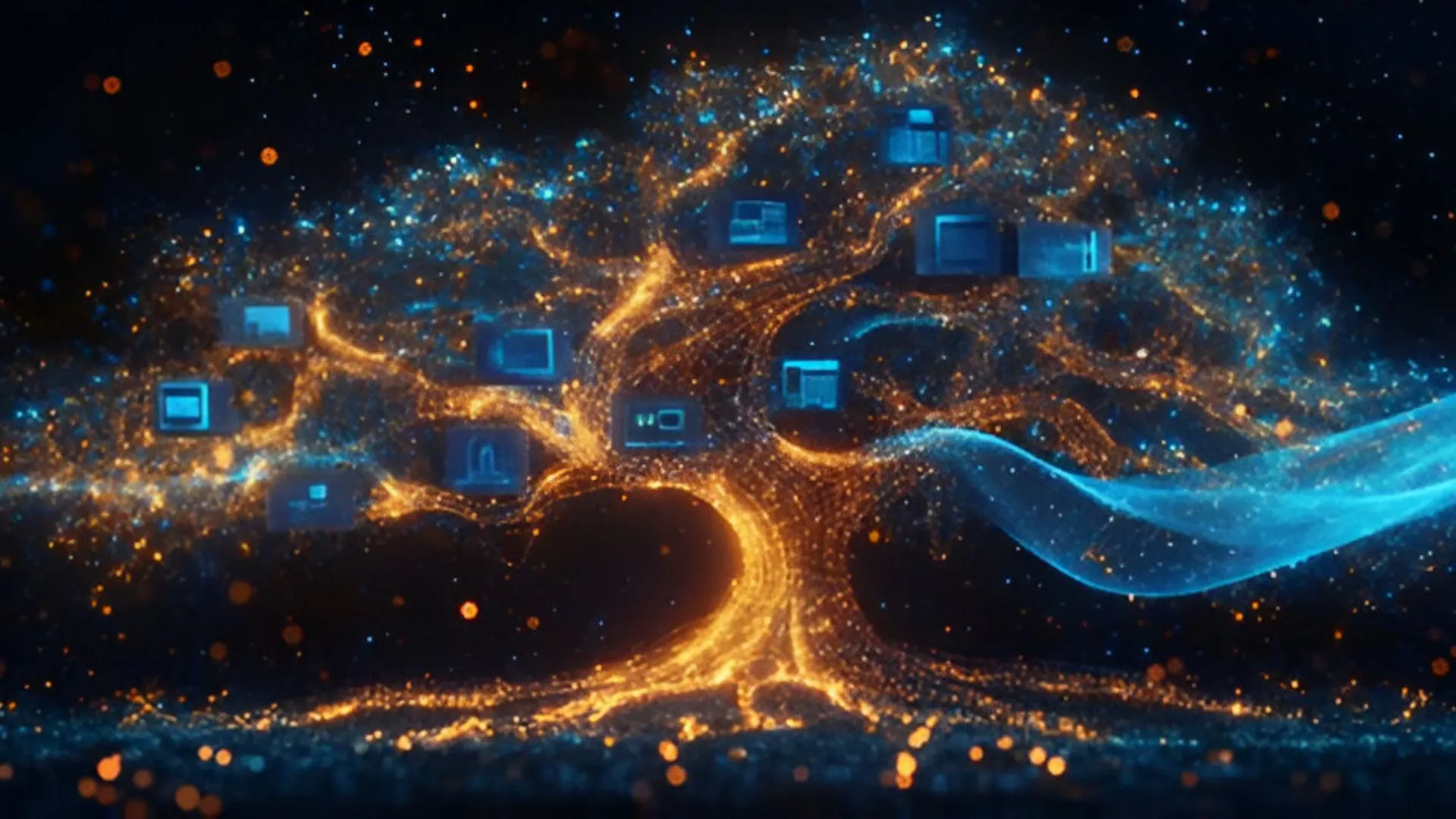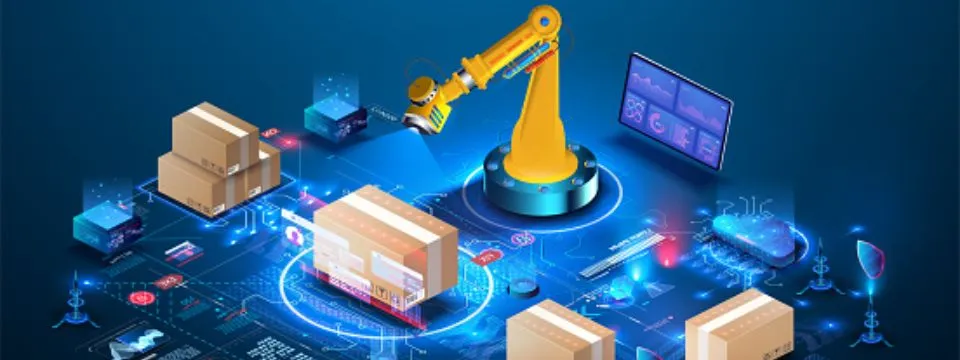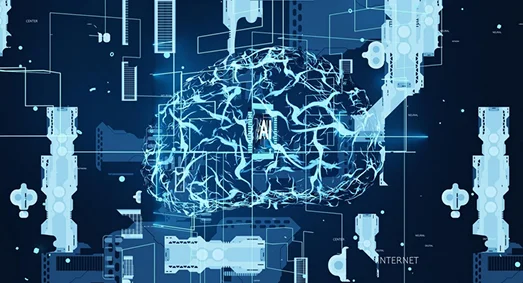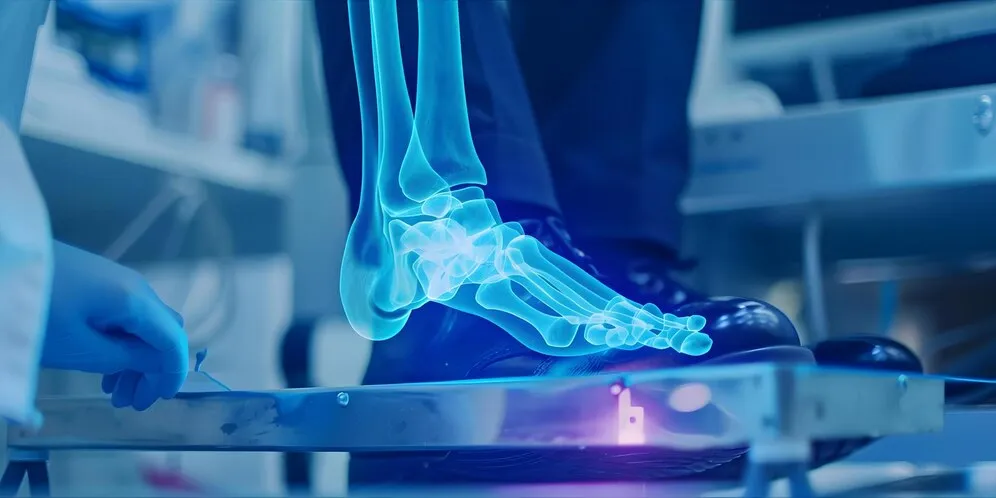Graph Neural Networks: Revolutionizing AI-Powered Data Relationships
Author: Laila Meraj
23 May, 2025
In an age where data relationships define competitive advantage, Graph Neural Networks (GNNs) are emerging as the cornerstone of AI innovation. Unlike traditional models that process isolated data points, GNNs analyze interconnected entities, uncovering hidden patterns in social networks, supply chains, financial systems, and beyond. By mapping complex relationships, GNNs enable organizations to predict outcomes, detect fraud, personalize customer experiences, and optimize operations with unprecedented precision. This technology isn’t just incremental-it’s transformative, redefining how enterprises leverage their data ecosystems.

Understanding Graph Neural Networks
At their core, GNNs process data structured as graphs, where nodes represent entities (e.g., users, products, transactions) and edges define relationships (e.g., friendships, purchases, interactions). Traditional neural networks struggle with non-Euclidean data, but GNNs excel here by propagating information across nodes through message passing and node embedding. For example, in a social network, GNN doesn’t just analyze individual user profiles-it evaluates how users influence each other, identifying communities or trends invisible to conventional models.
How GNNs Work?
GNNs operate through iterative aggregation and update phases. During aggregation, each node gathers features from its neighbors (e.g., transaction amounts in a fraud detection system). The update phase then combines these features into a refined representation, capturing both local and global graph structures. Over multiple iterations, nodes develop embeddings that encode their role within the network, enabling tasks like node classification (e.g., labeling suspicious accounts) or link prediction (e.g., recommending products).
Why GNNs Outperform Traditional Models?
| Feature | Traditional Neural Networks | Graph Neural Networks |
| Data Structure | Grid-based (images, text) | Graph-based (social networks, etc.) |
| Relationship Handling | Limited | Explicit modeling of connections |
| Applications | Image recognition, NLP | Fraud detection, recommendation systems, drug discovery |
GNNs thrive in scenarios where relationships matter. For instance, in fraud detection, financial transactions form a graph where edges represent money flows. Fraudulent actors often create intricate networks to evade detection, but GNNs identify anomalous subgraphs by analyzing transaction patterns and account linkages. Similarly, in recommendation systems, GNNs leverage user-item interaction graphs to suggest products based on both personal preferences and community trends.
Real-World Applications of GNNs
1. Fraud Detection and Financial Security
Banks and fintech firms use GNNs to map transactional networks, flagging suspicious clusters that indicate money laundering or credit card fraud. By analyzing multi-hop connections (e.g., accounts linked via intermediaries), GNNs detect schemes that rule-based systems miss.
2. Personalized Customer Experiences
Retailers apply GNNs to customer graphs, where nodes represent shoppers and edges reflect purchase histories or product views. This enables hyper-personalized recommendations, dynamic pricing, and churn prediction. For example, a GNN might identify that customers who buy hiking gear often camp, allowing targeted promotions for related products.
3. Drug Discovery and Healthcare
Pharmaceutical companies use GNNs to model molecular structures, predicting how compounds interact with proteins. This accelerates drug development by identifying promising candidates early. In healthcare, GNNs analyze patient-disease graphs to predict epidemics or optimize treatment plans.
4. Supply Chain Optimization
Manufacturers deploy GNNs to map supplier networks, identifying bottlenecks or risks (e.g., geopolitical disruptions). By simulating alternate pathways, GNNs enhance resilience and reduce costs.
Limitations and Challenges of Graph Neural Networks
Graph Structure Limitation
While Graph Neural Networks (GNNs) represent a significant leap in AI-powered data relationship modeling, they face intrinsic limitations that researchers and practitioners must navigate. One notable challenge is the graph structure limitation, where certain GNN architectures like Graph Convolutional Networks (GCNs) and GraphSAGE fail to distinguish between graphs with different edge configurations when node features are uniform. This means that despite different underlying structures, GNNs may produce indistinguishable outputs, limiting their expressiveness in some scenarios.
Oversquashing
Another critical issue is oversquashing, a phenomenon where information from distant nodes is compressed excessively when propagated through the network, causing loss of important relational details. This bottleneck arises due to the graph’s topology and restricts the effective receptive field of the GNN, hindering its ability to capture long-range dependencies. Additionally, over-smoothing occurs when node representations become too similar after multiple layers, reducing the model’s discriminative power.
Advances Addressing GNN Limitations
The AI research community is actively developing solutions to overcome GNN limitations, pushing the boundaries of what these networks can achieve. To combat oversquashing, novel architectures and graph rewiring techniques are being explored, which modify the graph topology to facilitate better information flow between distant nodes. These methods aim to expand the effective receptive field without increasing computational complexity drastically.
Efforts to mitigate over-smoothing involve designing deeper yet more discriminative GNN layers, incorporating residual connections, and normalization techniques to preserve node uniqueness across layers. Also, adaptive architectures that dynamically adjust their depth and aggregation strategies based on input graph properties are gaining traction, enabling more flexible and efficient learning.
The Role of Dynamic and Evolving Graphs in GNN Applications
Real-world graphs are rarely static; they evolve as new nodes and edges appear or disappear over time. This dynamic nature introduces additional complexity for GNNs, which must adapt to changing structures without retraining from scratch. Handling dynamic and evolving graphs is crucial for applications like social media analysis, financial fraud detection, and network security, where relationships shift rapidly.
Emerging GNN models incorporate temporal information to capture how graph properties evolve, enabling predictions that consider not just the current state but also historical trends. These temporal GNNs employ techniques such as recurrent neural networks, attention mechanisms, and continuous-time modeling to process sequences of graph snapshots or streaming data.
By integrating temporal dynamics, GNNs can detect emerging communities, anticipate fraudulent behavior before it manifests, and optimize supply chains in real-time. This capability significantly enhances the practical utility of GNNs, making them indispensable tools for industries that rely on timely and context-aware insights.
Xorbix Technologies is actively exploring these frontiers, developing AI solutions that leverage dynamic graph learning to offer clients adaptive and forward-looking analytics. Our expertise ensures that businesses remain agile in a world where data relationships are in constant flux.
Conclusion
Graph Neural Networks represent a paradigm shift in how AI interprets complex, interconnected data, offering unparalleled insights across industries from finance to healthcare. By modeling relationships explicitly, GNNs solve problems that traditional AI approaches cannot, whether identifying fraudulent networks hidden across millions of transactions or predicting molecular interactions for drug discovery.
With expertise in AI-powered technology, Xorbix Technologies empowers organizations to harness graph-based AI while addressing real-world constraints like computational efficiency and evolving data landscapes.
Read more on our related services:




